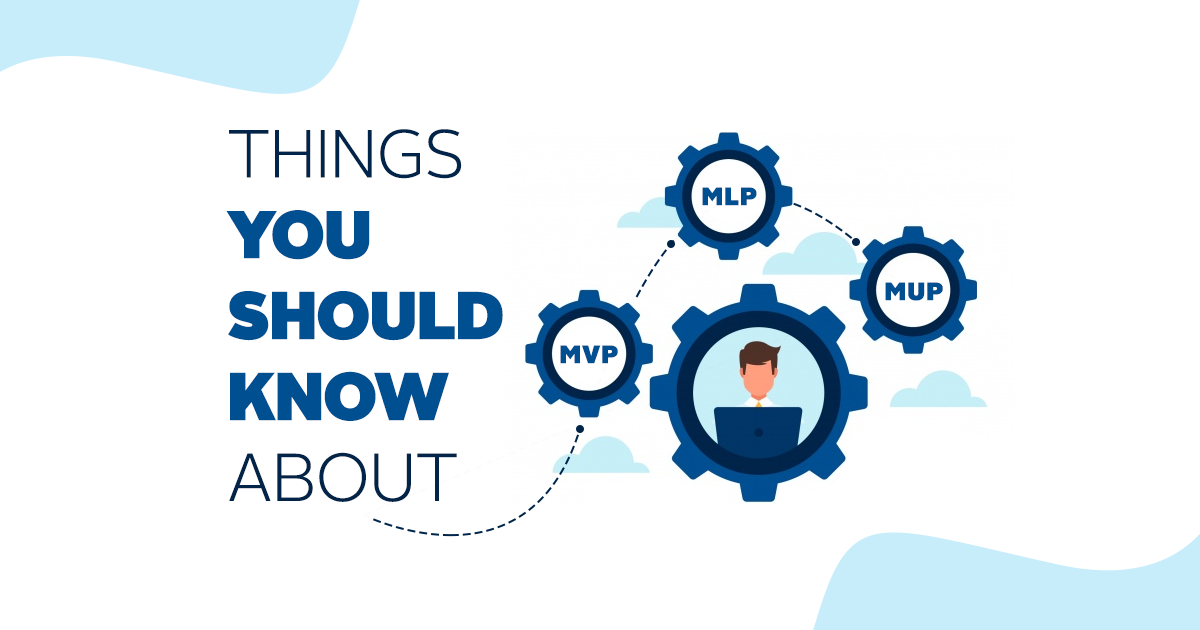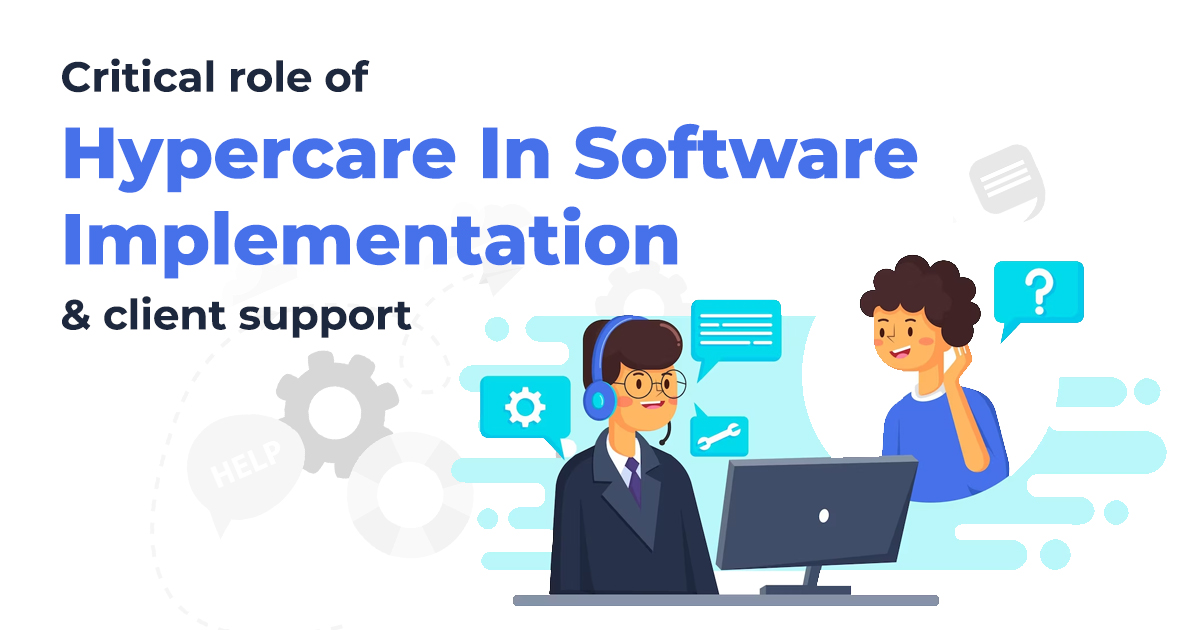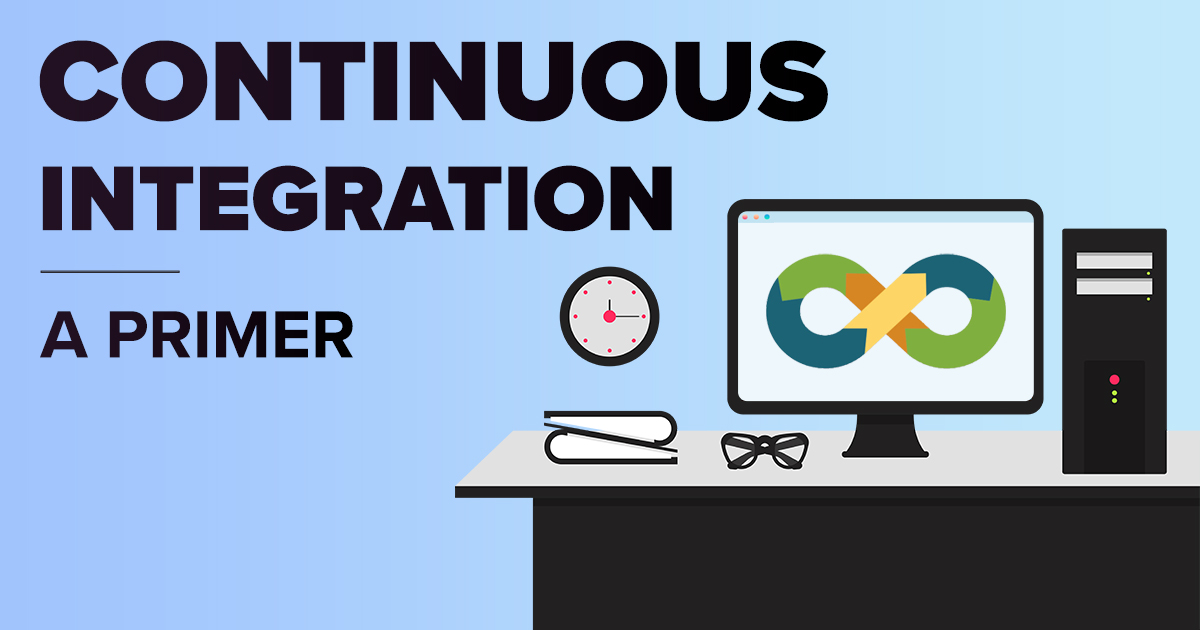Things You Should Know About MVP, MLP, And MUP
June 17, 2021 5:51 pm | by Jyotsana | Posted in Tech
Starting a business with a product idea without conducting adequate research is a recipe for disaster. The software development industry, at one time, relied heavily on building small pieces of the working software, aka prototypes, before allocating resources in the form of time and money.
But with time and innovation, intelligent ways of building new products came into existence. Today, we’ll discuss three such ways and learn how they are different from each other. These are:
- MVP: Minimum Viable Product
- MLP: Minimum Lovable Product
- MUP: Minimum Usable Product
Minimum Viable Product (MVP)
MVP is an early-stage product idea that helps the company in exploring the market for the proposed product. In the software development industry, MVP plays a crucial role in agile development, where the idea is to continuously improve the software to align it with the end users’ expectations.
The reason behind the mass adoption of the MVP concept is that it helps in saving time and money.
The company allocates resources only when the product resonates with the users. And also identifies what does and does not work in the target market.
MVP works well where the company does not know the type of functionality the customer is seeking. The product is developed based on the feedback received from the customers at every stage of the iteration.
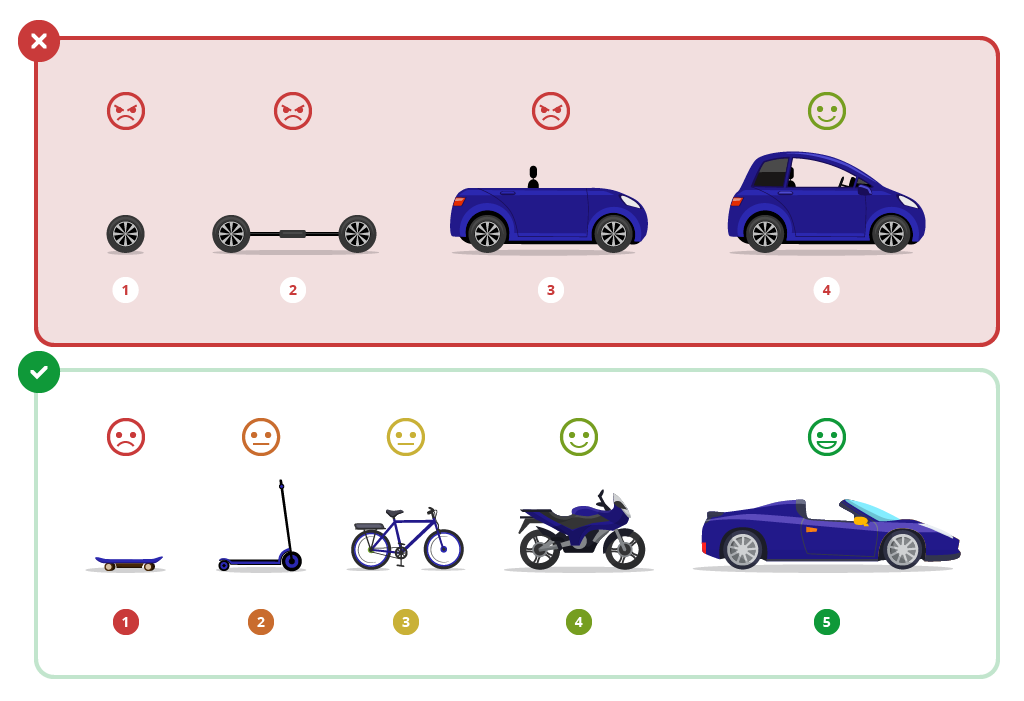
Advantages of MVP
- It helps the product owners only focus on core functionalities instead of redundant functionalities that they might have to remove later.
- It helps in the quick launch as the focus is only on the core functionality. Once the users start giving their feedback, new features are released with a faster turnaround based on their demand.
- The obvious and most fruitful benefit of MVP is that it allows building new products with minimal risk. Large scale and enterprise-level applications require money and efforts to develop, and still, there are chances of the app becoming outdated. MVP overcomes this challenge effortlessly.
Minimum Lovable Product (MLP)
Customer happiness is central to the MLP concept. As the name suggests, MLP offers customers the functionality that will make them fall in love with the product.
Companies use MLP to stand out from the noise. Customers today have many options, and when their experience with the product is not satisfactory, they will quickly move to a better alternative.
With every iteration, a new feature that will leave customers happy is released.
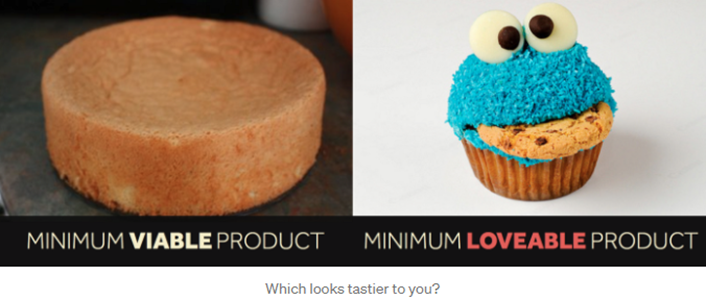
The difference between MVP and MLP is that the former focuses on delivering basic features for a quick product launch and the latter focuses on creating a product with features that the customers will adore.
Like, Jeff Bezos started Amazon by selling books online. He saw the issues faced by booklovers and solved the problem by delivering books to their homes. Booklovers fell in love with the website, and today the business is worth over three hundred billion dollars.
Advantages of MLP
- It is a client-oriented approach where the end product is based on customer needs. Hence, attracting a high user-conversion rate.
- The product enjoys a competitive advantage because customers get the exact features they were seeking.
Minimal Usable Product (MUP)
MUP is a new type of product development strategy in the market. The focus is on giving customers a simple, usable product and adding new features based on feedback.
Any product qualifies as an MUP if:
- the product is easy to make,
- it is the simplest product a user will buy,
- and there is a large market for the product.
While MUP focuses on the usability of a product, MLP is more concerned about whether people want the product.
Under MVP, the company is still learning about the value proposition and the customer needs, which is not the case in MUP.
The world-famous vacation rental platform Airbnb is the perfect example of a minimum usable product. They knew that people were looking for pocket-friendly places to live while traveling. They tested the idea by putting up their apartment for a rental by creating a minimalist website with images of the place.
There Are Many Other Minimum Products
With time and need, different types of minimum products have come into existence like minimum marketable product (MMP), minimum development product (MDP), minimum sellable product (MSP), etc. Product owners choose the option which falls in line with their idea and vision of product development. This blog was my experience working with those three minimum product types. You can share your experience with different minimum products with us here.
| MVP | MLP | MUP | |
| Product market | Market is unknown. | Market is known as the product is built and released based on the customer’s needs. | Market is known and the product is improved further based on user feedback. |
| Problem statement | No significant time is devoted to understanding the problem. Assumption is tested. | There is a deep understanding of the customer’s problem. | There is a vague idea about what customers want. |
| Product alternative | Existing alternatives are not known. | Yes, they exist in plenty, as it is based on design/user experience. | Few alternatives exist, as it is based on usability. |
| Level of customer satisfaction | Low. But it improves with every iteration. | Very high | Medium, as it is focussed functionality rather than user experience. |
| Initial efforts in development | Relatively less | Very high | Medium |
| When to use? | Where the risk tolerance is low and time and budget are limited. | Where there is a need to conduct deep market research before moving to the development stage. | Requirements are defined clearly and the client wants a workable/usable product only. |
Written by Jyotsana
Manager, Client Solutions
Jyotsana has a wide experience in customer relations in the software industry. She completed her MSc in Business Administration from the University of Amsterdam in year 2018. When not being a super awesome manager, Jyotsana likes to mentor hearing and/or vocally impaired children in a public school in the city. She believes in being kind. Her forever-passion: #saveearth
